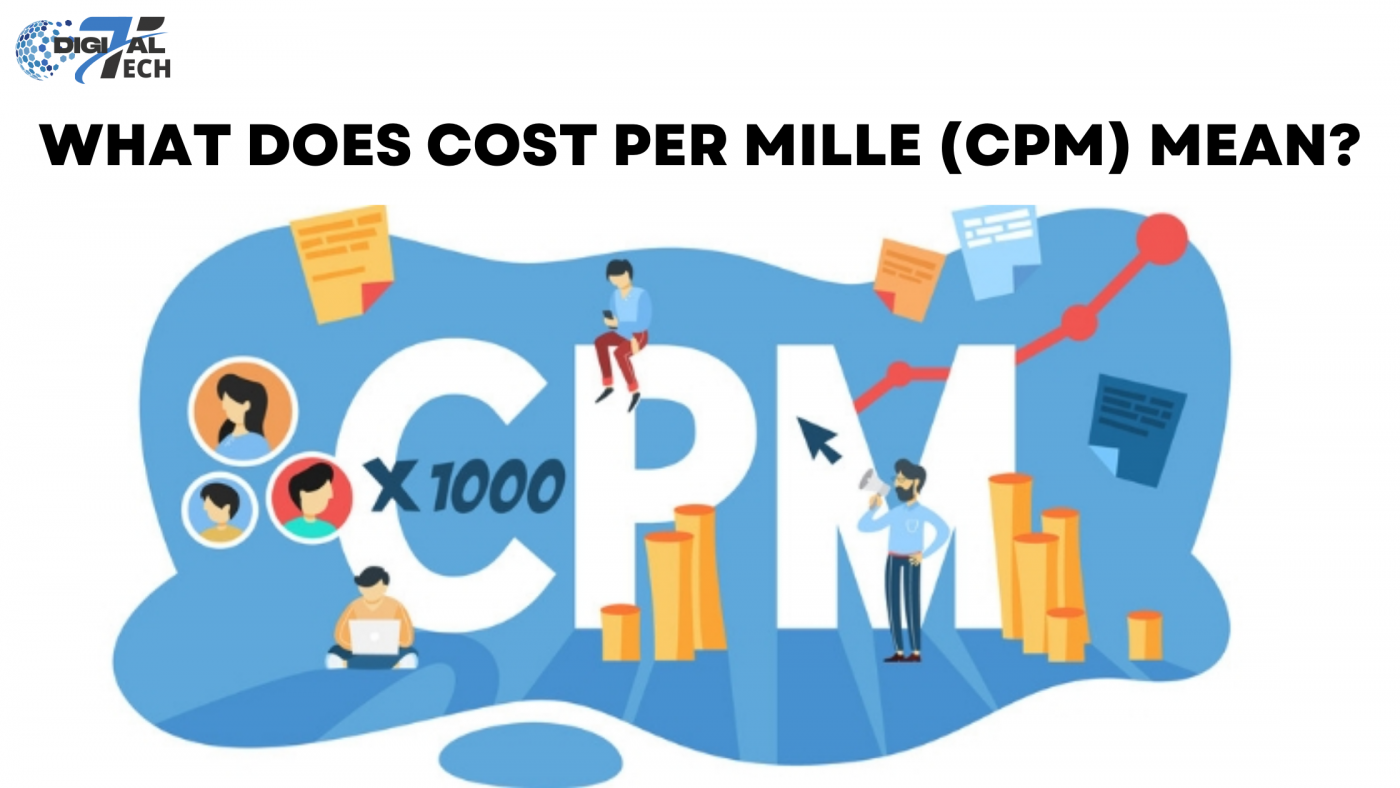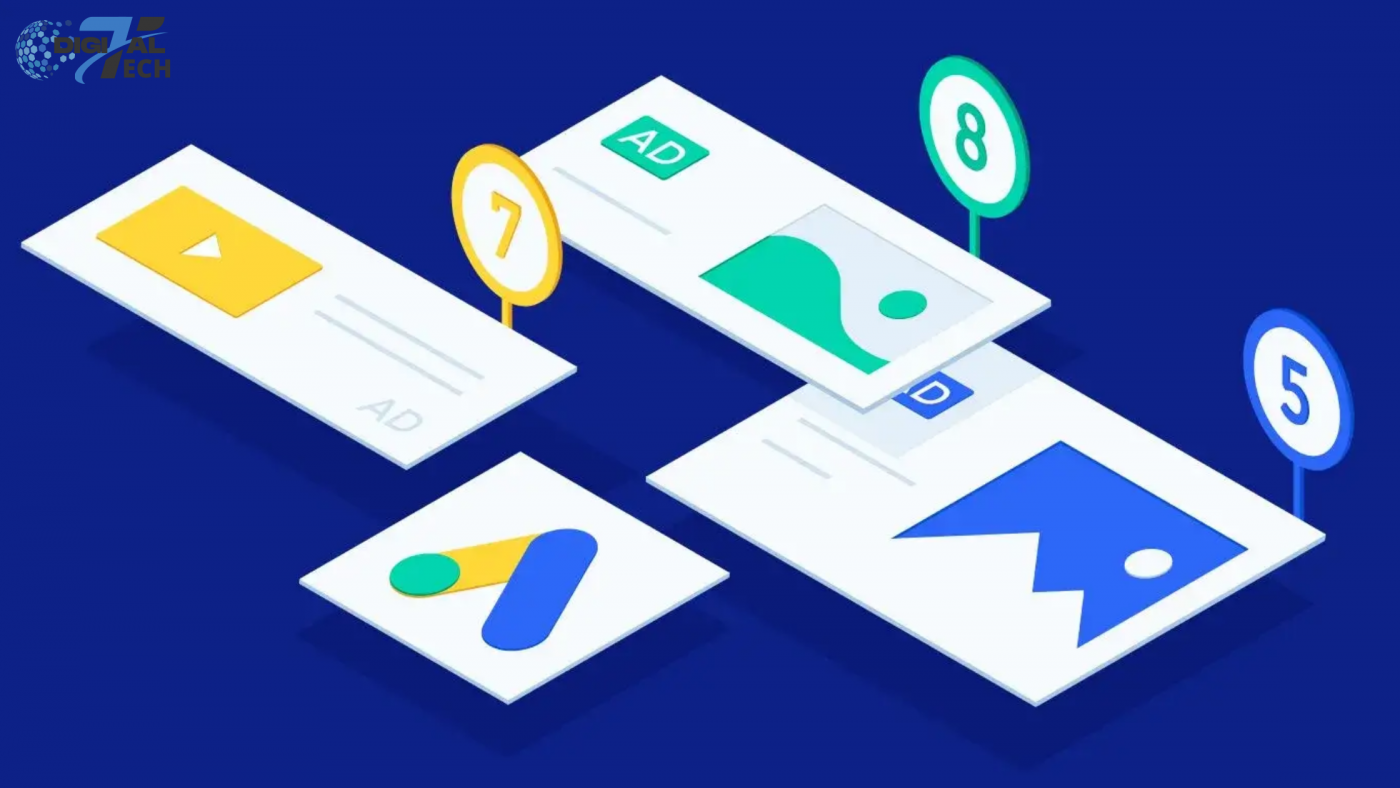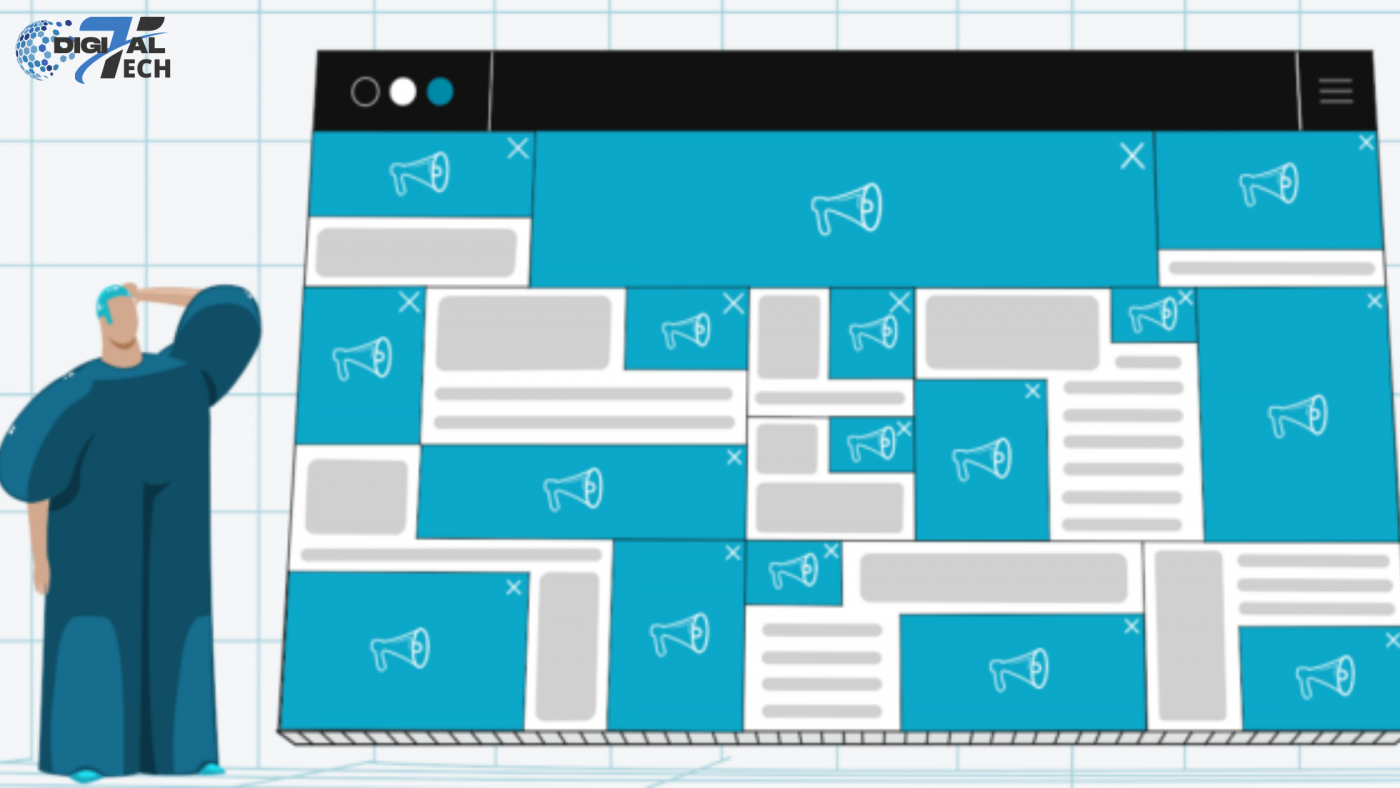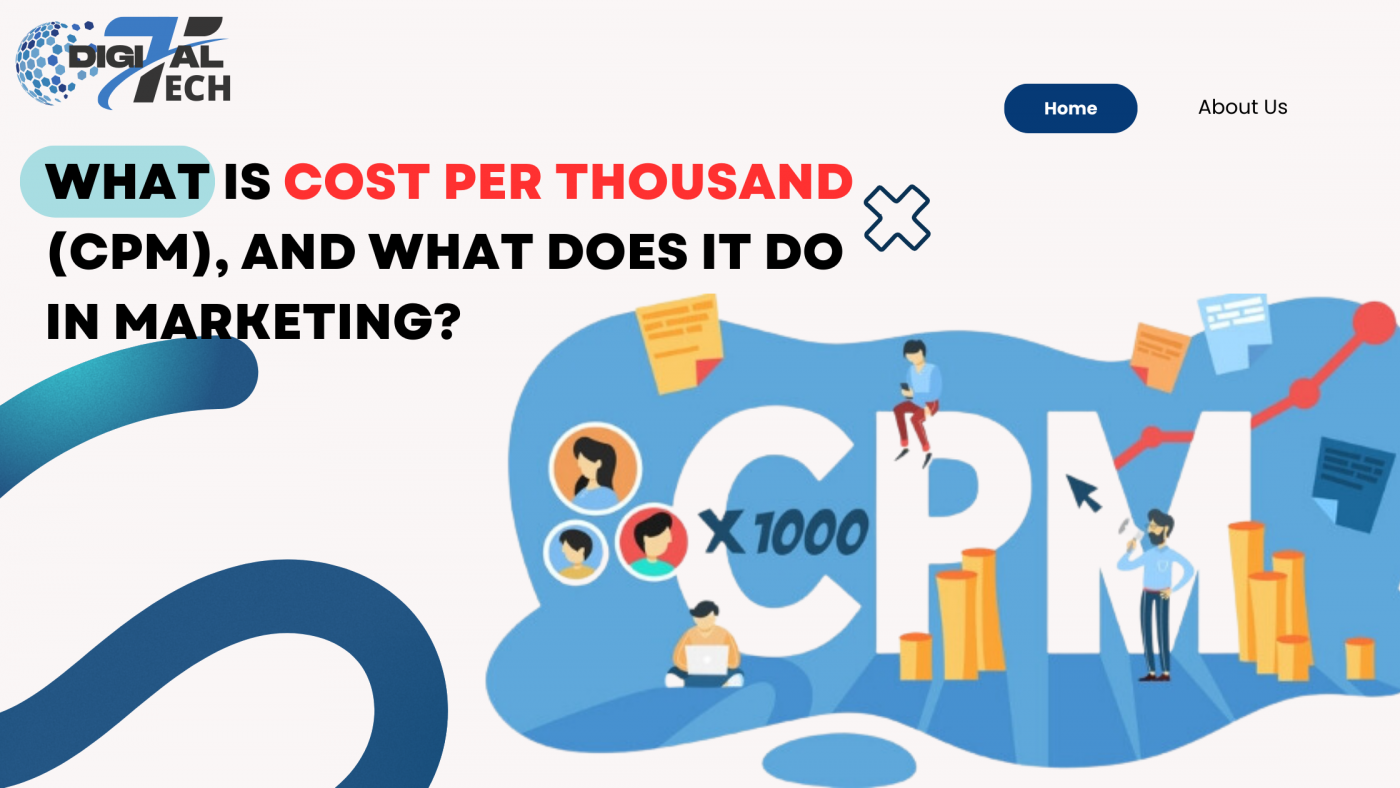To keep track of how well your campaigns are doing and make plans that work on a large scale, you need to know how your ads reach your audience and think about different ways to price them.
1. What Does Cost Per Mille (CPM) Mean?

What Does Cost Per Mille (CPM) Mean
Cost per mille, or CPM for short-smile means thousand in Latin, is a way to set prices in digital marketing. That’s how much a business usually pays for 1,000 views of an ad. When a consumer sees an ad, it makes an impact.
Companies can evaluate the effectiveness of their advertising by calculating the revenue generated for every 1,000 times their website ad is shown. They can also use CPM to determine the cost a digital magazine charges for ad space.
2. How do you understand cost per mile (CPM)?
In the past, business only had a few ways to promote their goods and services: paper ads, radio spots, and TV shows. Over time, these choices grew to include different kinds of online ads. A number of measures have been made available to help businesses figure out how well their ads are doing. Cost per mille is one of these.
Most of the time, cost per mille is used to set the price of web ads in digital marketing. Impreesions, which are ads that show ip when a page is watched, are what this method depends on. Most of the time, impressions are thought of as ad views because the impressions are seen when the page starts. People may have only glanced at it, but it may have still raised awareness or made an impact.
An impression counts how many times an ad shows up on a website. Impressions are recorded, and the count can be used to make measures. For instance, a lot of website owners charge advertisers a set amount of money every time their ad is seen 1,000 times.
3. CPM and Click-Through Rate
For example, the click-through rate (CTR) shows the number of people who saw an ad and did something about it. Advertisers often use CTR to judge how well a CPM ad is doing. A 2% CTR means that for every 100 views, two people click on the ad. If someone sees an ad but doesn’t click on it, that’s still a sign of success, so CTR alone isn’t enough to tell you how well it did.
4. Cost Per Mille (CPM) vs. Cost Per Click (CPC) vs. Cost Per Acquisition (CPA)
The cost per thousand impressions (CPM) is one way that online ads are priced. Usually, marketers use it with other metrics to figure out how good their campaigns are and how much they cost. Some of these are:
- Advertisers pay a fee every time someone hits on their ad. This is called cost-per-click (CPC). Pay per click is another name for cost per click.
- Cost-per-acquisition, or CPA, means that the advertiser pays every time a website user does something that the advertiser wants them to do, like view, follow, post, or something else that helps the company get a new customer. The cost per move is another name for this number.
5. What can change the rates for cost per thousand impressions?
It’s clear that CPM marketers want a low CPM rate because they want to reach as many people as possible with as little money as possible.
How can I get my CPM rate to go down?
Not all the time.
However, a number of factors—some of which you can change—have an impact on CPM rates in advertising campaigns.
Here are some important things that affect your rates and things you can do to stay within your budget:
1. Targeting and Audience
The type of people you want to reach has a big effect on how much your ads cost. It costs more to show your ads to people who are more likely to be interested in certain things.

Targeting and Audience
You can change the parameters of your targeting to reach a more targeted and relevant audience. This will increase engagement and lower your CPM rates.
You can also improve your ad efforts by using audience data and information about the people you want to reach.
Use analytics platforms and tools to learn more about the demographics, hobbies, and behaviors of your audience. Then, you can better tailor your campaigns to reach them.
2. Ad Quality and Relevance
One of the most important things that determines your CPM rate is how relevant your ad is.
Focus on making ads that stand out by making them interesting to look at and fun to read.

Ad Quality and Relevance
Ads that look good and are useful are more likely to get people’s attention, which will lower your CPM rates because people are naturally drawn to them.
In terms of usefulness, you should make sure that the landing pages your ads send people to are appropriate, easy to use, and designed to get them to convert.
Aim to give people a smooth and useful experience to make it more likely that they will do what you want them to do.
3. Ad Placement and Timing
Spread your ads out too far; only put them on the sites that get the best results.
If you want to know which platform works best, try out different places and keep an eye on how they do it to find the best ones.

Ad Placement and Timing
When the tests are over, the data will show which ad placements (and platforms) work best.
Then, put your money into the ads that are showing up in the best places to get more interaction and lower your CPM rates.
You could also look at when and how often your ad efforts run.
Find out when users are most active and focus on particular time zones where your audience is most likely to be online. Of course, you’ll need to change the time to match.
Also, make sure that the number of times your ads are shown is just right so that you don’t overwhelm your audience.
4. Ad Auctions and Bid Strategies
Lastly, you should use all of the bidding choices that are out there, like manual bidding or automated bid optimizations, to find the best deal.

Ad Auctions and Bid Strategies
Try bidding at different levels to see how it affects CPM rates and the success of your campaign. Then, change your bids to match what you learned.
6. Conclusion
Cost per mille, also known as ‘cost per thousand,’ measures the average amount of money spent to achieve 1,000 ad impressions on any platform. Businesses use this metric to set web ad prices and evaluate the effectiveness and cost of their marketing efforts.


Pingback: The most trustworthy CPM Advertising Networks for Publishers - DigitalTech Media